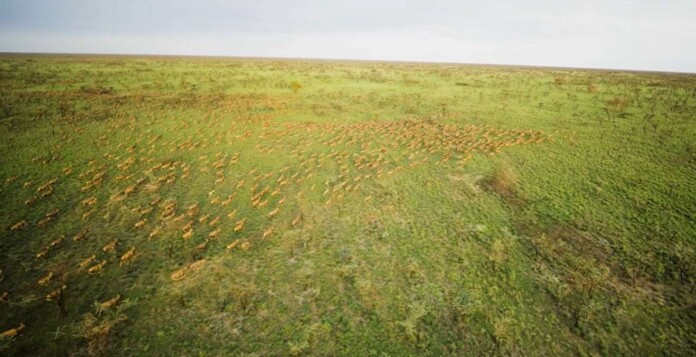Diabetes-Reversing Drug
In a new study published in Science Translational Medicine, A new drug tested in mice increased the number of beta cells in the pancreas sevenfold, effectively reversing diabetes symptoms.
This achievement, described as a “functional diabetes cure,” is unprecedented in drug development.
In just three months, the mice’s cells began producing insulin again through a combination of two drugs: harmine, which inhibits the enzyme DYRK1A, and a GLP1 receptor agonist, found in the diabetes drug Ozempic.
Researchers from Mount Sinai and City of Hope tested their drug by injecting human beta cells into mice and then administering the treatment. The beta cells increased sevenfold in three months, with diabetes symptoms disappearing within a month after treatment stopped.
Previous attempts at this concept involved converting stem cells into human pancreas beta cells in vitro and transplanting them into diabetes patients, a costly and time-consuming procedure.
“This is the first time scientists have developed a drug treatment that increases adult human beta cell numbers in vivo,” said Dr. Adolfo Garcia-Ocaña, corresponding author of the study. “This research brings hope for future regenerative therapies to treat the hundreds of millions of people with diabetes.” Harmine alone has undergone a phase 1 clinical trial in humans for safety and tolerability, but DYRK1A inhibitors have not.




